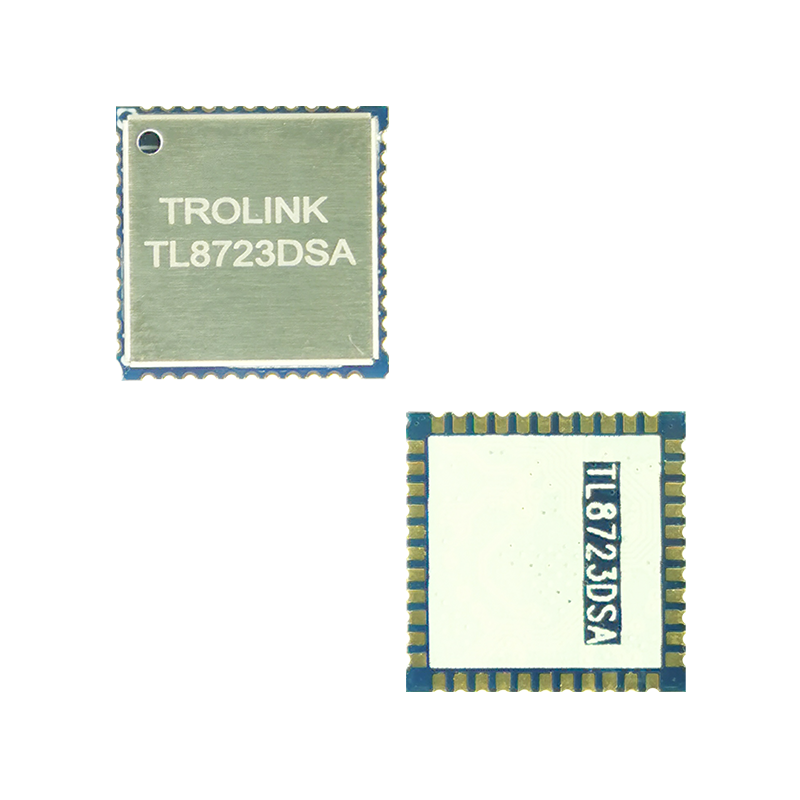
When it comes to developing embedded systems with WiFi connectivity, power consumption is a critical consideration. WiFi modules play a vital role in enabling wireless communication, but their power consumption can significantly impact the overall efficiency and battery life of the system. In this article, we will explore the various power consumption considerations for WiFi modules and discuss strategies to optimize power efficiency.
WiFi modules often remain idle when not actively transmitting or receiving data. However, even in standby mode, these modules consume power. It is important to understand the standby power consumption of different WiFi modules and select ones with lower power requirements. Additionally, utilizing features like low-power sleep modes and intelligent wake-up mechanisms can further reduce standby power consumption.
During data transmission, WiFi modules consume significantly higher power compared to standby mode. The transmit power level directly affects the range and quality of wireless communication. While it is essential to maintain reliable connections, using unnecessarily high transmit power can lead to increased power consumption. Careful optimization of transmit power levels based on the specific application requirements is crucial for balancing performance and power efficiency.
Similar to transmit power, the receive power of WiFi modules also influences overall power consumption. Higher receive sensitivity allows better reception and longer range but results in increased power usage. On the other hand, reducing receive sensitivity can save power but may compromise the system's ability to receive weak signals. Engineers must carefully evaluate the trade-offs and adjust receive power levels accordingly.
The amount and frequency of data traffic over WiFi can significantly impact power consumption. Intensive data transfers and high data rates may require the WiFi module to operate at higher power levels for longer durations, leading to increased power consumption. Developers should consider optimizing data handling techniques, such as data compression, to minimize the amount of data transmitted, thereby reducing power consumption.
Implementing effective power management techniques can greatly enhance the power efficiency of WiFi modules. Techniques like duty cycling, where the WiFi module is intermittently powered on and off, and dynamic power scaling, where the power level is adjusted based on the system's current requirements, can help significantly reduce average power consumption. Furthermore, exploring advanced power management mechanisms offered by specific WiFi module manufacturers can further optimize power efficiency.
In conclusion, power consumption considerations are of utmost importance when designing embedded systems with WiFi modules. Understanding and carefully optimizing standby power consumption, transmit and receive power levels, data traffic, and implementing efficient power management techniques can result in significant improvements in power efficiency and overall system performance.
 Trolink Joint With Tuya to Make Iot Benefit Every Family
Trolink Joint With Tuya to Make Iot Benefit Every Family
 5 Key Indicators for WiFi Module Selection You Have to Know !
5 Key Indicators for WiFi Module Selection You Have to Know !
 IOT module is the brain of smart products
IOT module is the brain of smart products
 What is the signal coverage range of the WiFi module chip?
What is the signal coverage range of the WiFi module chip?